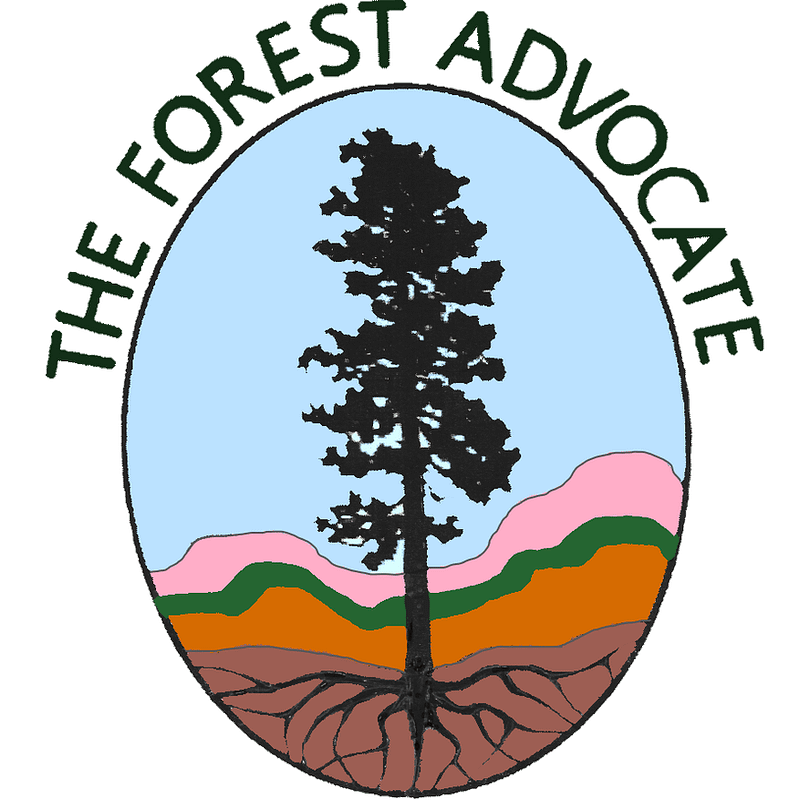The great forest reset
A different version of this piece was published in the Santa Fe New Mexican on Aug 30, 2020
by Sarah Hyden Aug 30, 2020
It seems like something out of an end-times science fiction movie. A smoky pall from fires hangs over everything, people are wearing masks to keep safe from an aggressive virus, and civil discord is steadily increasing. Fires are burning across the west.
We are fortunate that in New Mexico the fires are not as bad as in California or even Arizona.
Fire is natural to our landscape. Research is contradictory as to whether high intensity fire has been increasing in recent decades. But high intensity fires are not burning at an exceptional level, and overall our forests are still burning less than they used to burn historically due to fire suppression. Forests need fire of all intensities, fire renews our forests and promotes biodiversity.
No one actually wants to see our forests burn, and it feels deeply sad. Yet, dead trees in the forest are a source of abundant life and are critical for wildlife habitat and diversity. Understanding this, I have learned to see the outline of dead branches in their wild shapes against the orange-red afternoon sky as beautiful.
With so many fires burning, it seems our forests are undergoing a great reset. Time for death and then rebirth. Forests will transform into the right type of forest for our current climate which is warmer and drier, following several past decades of a wetter climate that promoted abundant growth of trees and understory. Now much of that is burning away.
When we see so many of our precious forests burning, a natural reaction is — we have to do something. The something that is presently being done is widespread thinning and prescribed burning. Often the majority of trees and most of the understory are cut down. Then the forest is burned every 5-15 years, likely much more often than forests burned historically. It is questionable if the forest is made more fire resistant overall by these methods, but it is clear the forest becomes ecologically broken.
Forests, even in the dry mountainous southwest, have understories — small trees, shrubs, and other plants that fill the spaces between mature trees. Take that away, take away the family groupings of trees and leave scattered lone trees, you have taken away that which makes a forest.
Much of the current condition our forest is due to large-scale human interventions. Logging, off-road vehicle use, excessive road building, grazing, mining, and air and water pollution have all contributed to bringing our forests into a state of imbalance. One might imagine that all this is being expelled as forests are cleansed through fire.
We need to consider with an open mind what does or does not help our forests at this point. Where might strategic thinning and burning treatments really help in the cost/benefit analysis, and where are they just a shot in the dark that perpetuates the pattern of heavy handed interventions in our forest. This involves stepping back and looking at the perspective of the forest itself. What we have been imposing on it has not been working for the forest, or for us.
When the Medio Fire burning north of Santa Fe is extinguished, or burns out, it’s time to consider what the role of a nearby fuel treatment was and was not. For now, my only opinion is that our fire fighters are great, brave and dedicated. They are not only risking their lives short term, they are taking on long term damage to their lungs from breathing the dense smoke.
We are all grateful to them, for their efforts to protect our beloved forest, and to protect life.

The Forest Advocate
Santa Fe, New Mexico
